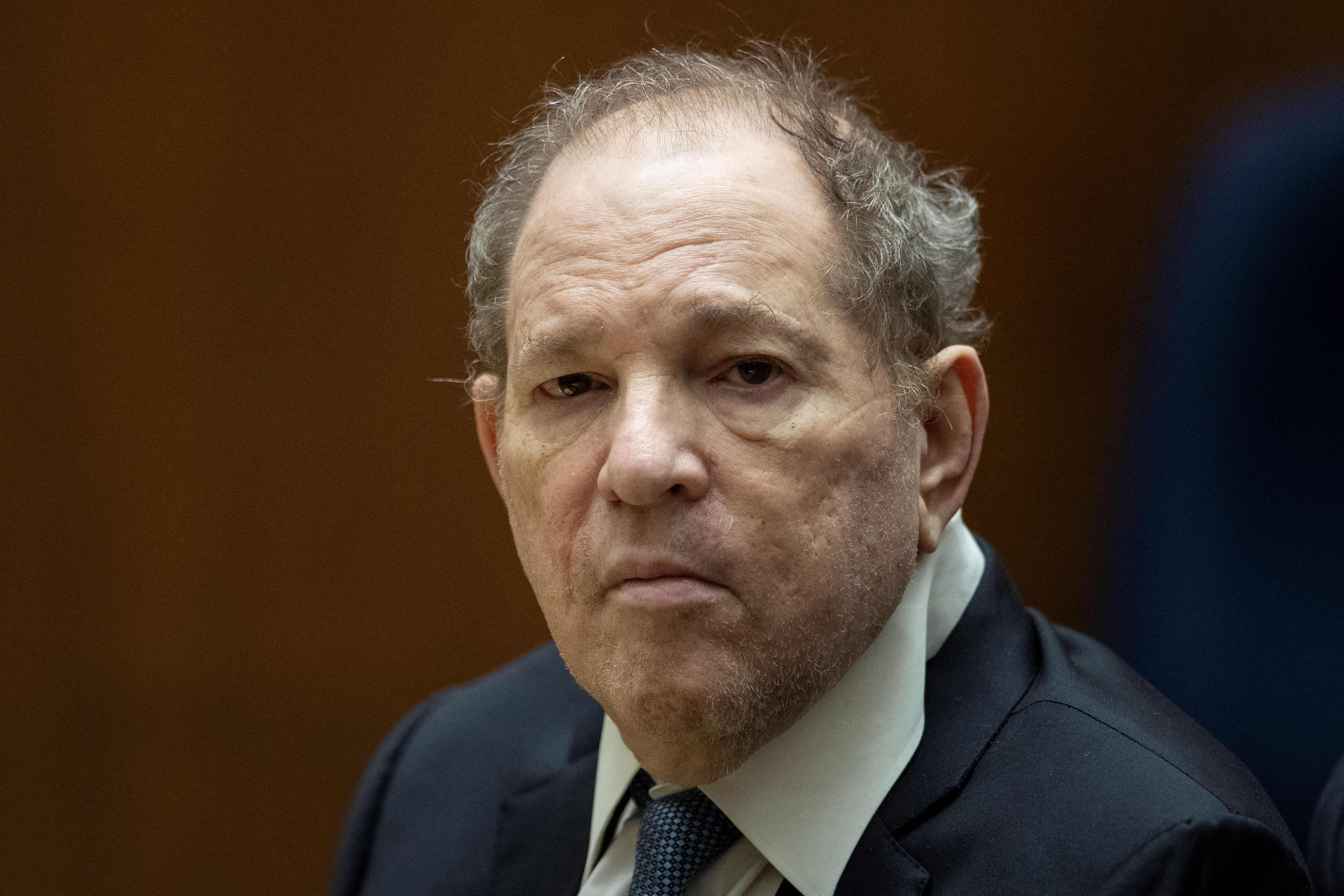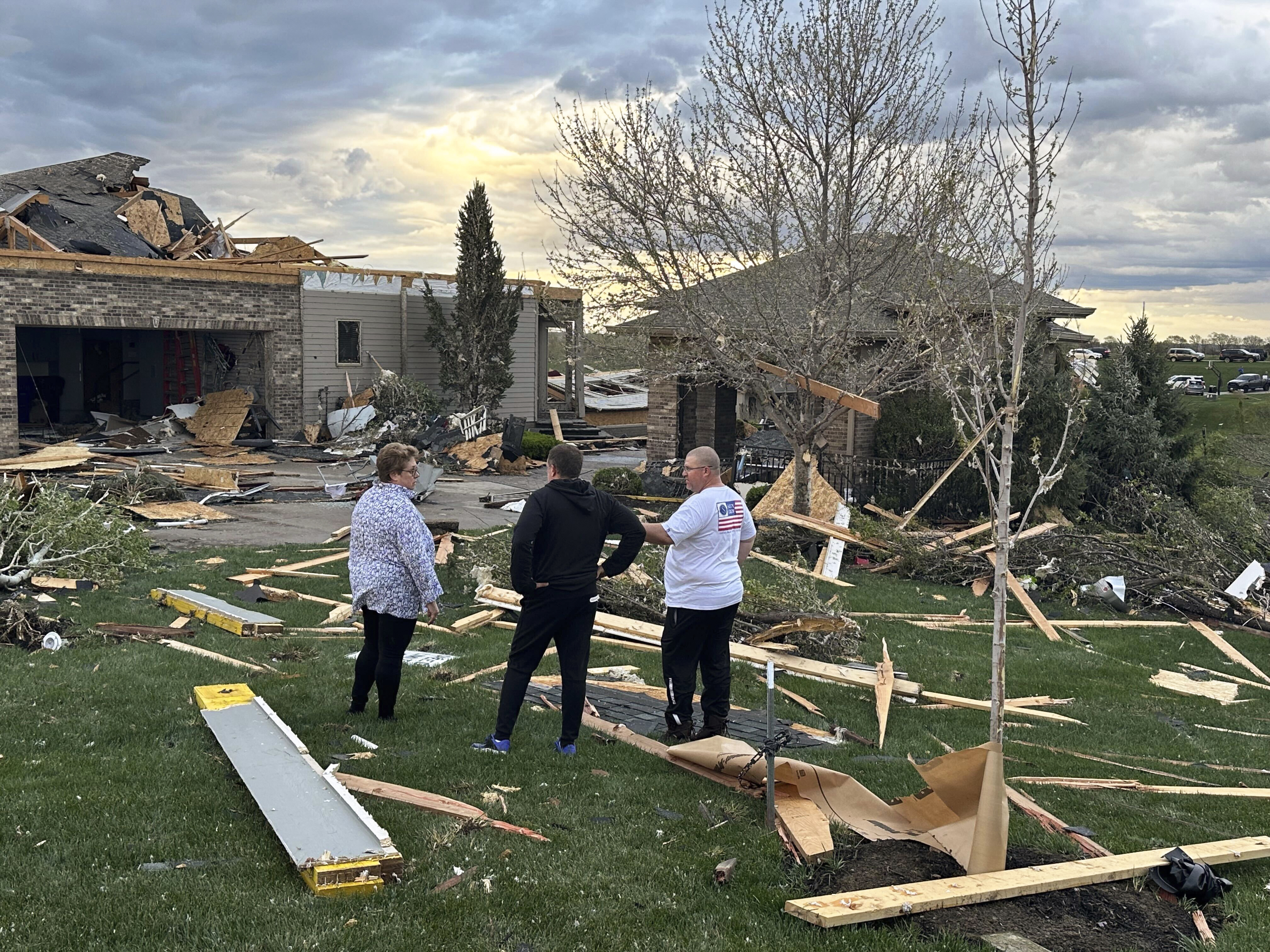
When you buy Santa pajamas for your kids, do you pause to examine the color of Santa's skin?
These moms do.
"The second Labor Day hits, I order Black Santa pajamas," says Rebecca Kaiser of Charlestown, Massachusetts. Old Navy was one of the first places she found Black Santa pajamas for her children, daughter Haven, 9, and son Zeke, 6, and buying them there has become a tradition. This year, you can even purchase the same set of pjs with Santas in three different hues: beige, walnut or cocoa.

Get Boston local news, weather forecasts, lifestyle and entertainment stories to your inbox. Sign up for NBC Boston’s newsletters.
Because Kaiser and her wife, Natalie Wagner, have a different racial background than their adopted children, they go the extra mile to make sure that Haven and Zeke feel represented in all aspects of their lives.
"When it comes to the holidays, we have always looked at this as an extension of the importance of cultural representation so that they can see that someone as magical and as amazing as Santa can be Black like them too," Kaiser says.

Kaiser and Wagner take the kids to the annual Black Market in Boston's Nubian Square so they can see a Black Santa in person. The family has also communicated with Black Santa online, so if you don't happen to have a Black Santa in your area, you can connect with this Santa (and Mrs. Claus!) in Houston, Texas.

Creating change
U.S. & World
"When I was a kid, my grandma used to paint Santas," says Mariyah Gerber of Queen Creek, Arizona. Because she couldn't find any non-white Santa decorations for her family, Gerber's grandmother would physically paint the faces of any Santas she purchased to make them look darker.
Because she remembers the lengths her grandmother had to go to to create non-white Santas, Gerber, who is mom to Aiden, 2, gets especially excited when she sees Black Santas in big box stores.
"Now my son gets to grow up and there's options if he wants to get a Santa Claus that looks like him. Not only do they just have Black Santas, but they'll have mixed race Santas," she says.
Mariyah's husband Peter Gerber knows how much Black Santas mean to his wife. So he went to Target to buy all the Black Santas he could find to surprise her. The video he took of the shopping trip currently has 4.7 million views on TikTok.
Mariyah says that Black Santas "make me happy. They make me smile. And they remind me that there was a time where they didn't exist."
"Helping kids feel seen and heard"
New York City-based therapist Colette Brown thinks it is essential for kids to see non-white Santas.
"Psychological research shows that role models who reflect the child’s identity and experience have a positive impact upon the development of self-esteem which leads to improved academic performance, self-confidence and mental wellness," she tells TODAY.com.
"Santa Claus is magical, generous and benevolent. He holds every person as special and unique. What child would not benefit from an image of themselves reflected in such a being?"
As the mom of a biracial teenage daughter, Brown has sought out both white and non-white Santas in Christmases past. Her family would go to the Macy's in midtown and ask to see "Mr. Claus," which at the time was code for "Black Santa."
"The elf usually would catch my eye and confirm, 'You want a special visit with Mr. Claus?' I would say, 'Yes!' and then they lead us to a different room with Black Santa," Brown explains.
These days, Macy's still has options for seeing different Santas, and the process is a bit less clunky.
This year, Macy's has Santaland areas in four different cities. Everyone who wants to visit Santa must preregister online, and within that registration form is an option to select your "Vision of Santa." You can opt to meet a Black or Caucasian Santa in New York, Philadelphia, Chicago and San Francisco. And in New York, you also have the option to select a Spanish-speaking Santa.
Representation matters
"I grew up with my mom making sure that there were Black Santas on our Christmas tree, or even a Black angel on top of the tree," says Erin Carpenter, a mom of daughters Mikel, 5, and Kori, 20 months. "But obviously, it was pretty clear to us that that wasn't the norm and that those things were harder to come by."
Seeking out Santas — of all hues and shades — continues to be an important part of Carpenter's life and work. She is adding representation to the marketplace through Nude Barre, a company she founded that produces undergarments to match 12 different skin tones.
Because her daughter studies dance at the Harlem School of the Arts in New York City, Carpenter says, "We've been fortunate to have pretty easy access" to Black Santas. The school arranges holiday programming that includes welcoming a Black Santa to greet the kids. But Carpenter knows her experience is not the norm.
"I'm hoping that I can curate more experiences for my children that don't feel so labored," she says. "Look, we've come a long way in the world, but there's still a lot more work to do.



